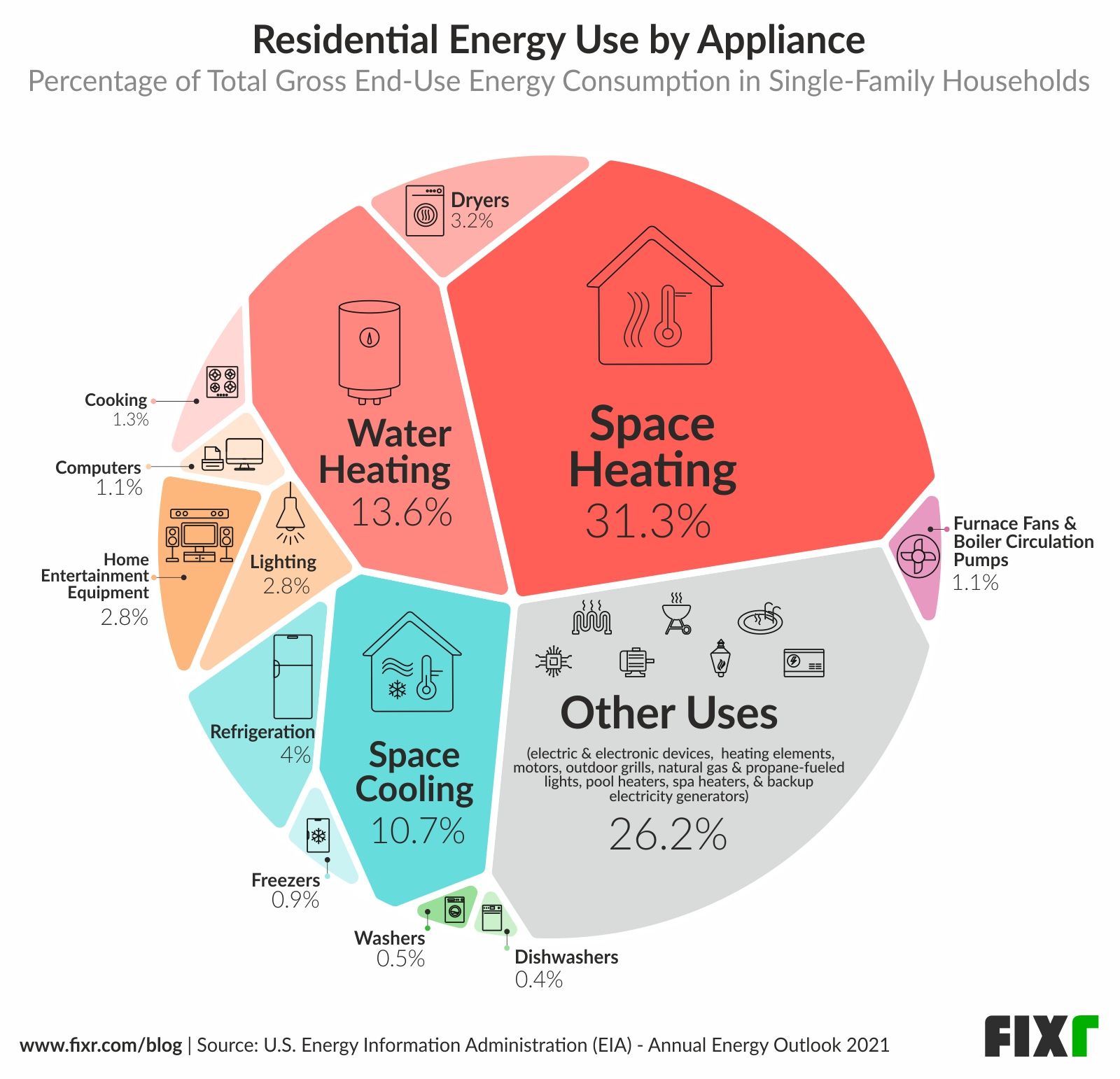RKCRLR
Active Member
Maybe put solar panels on a hinged structure so they lay flat with the roof in summer gut can be tilted up during the winter. Would need to be robust for storms. Or perhaps a permanently mounted snow screed that can be pulled with a rope or something that can wipe snow off the panels (probably won't work real good if the snow turns to ice).What angle are those panels at? I'm helping @outdoors with an off-grid solar project up north also. We chose a pitch of ~40 degrees for the solar array. Hoping that's a sufficient angle that the snow slides off quickly. Another idea is to basically make a solar 'fence' with the panels at a ~90 degree angle so the snow won't stick at all. Not very useful in the summer but will help a lot in the winter.
Building an off grid Solar Powered (EV charging) Campground




